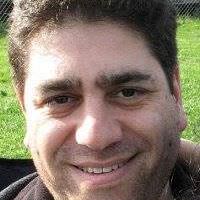Editor Alisa Lepselter Talks Blue Jasmine, Her 15th Woody Allen Collab
After working as an Assistant Editor on movies for the likes of Martin Scorsese, Francis Ford Coppola, and Nora Ephron, and getting her break cutting Nicole Holofcener's first feature Walking and Talking (1996), Editor Alisa Lepselter, A.C.E. got the job of a lifetime—she cut Woody Allen’s Sweet and Lowdown (1999). Fifteen years later she is on her fifteenth collaboration with Allen for his newest movie, Blue Jasmine, which opens on Friday. We caught up with Lepselter to speak to her about her career and her work with the legendary director.
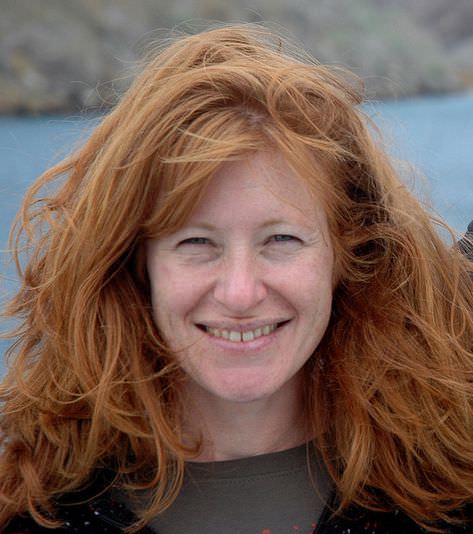
The Credits: You’ve been working with Woody Allen as editor since Sweet and Lowdown (1999). What’s your work process with him like and has it changed at all over time?
AL: Not that much has changed, in that because of the way he makes films that are specific to him, he doesn’t want to edit the film until he’s shot the whole thing. It’s unusual. Most directors have the editor doing a rough cut as they’re shooting, because they don’t have the time to omit that step. Woody has a lot more freedom to work at his own pace, and he wants to be in the cutting room with me from day one when he’s done shooting. He comes in and we review all the material, and start cutting from the beginning, from scene one, sequentially, which is also very helpful, because you understand what the tone is as you’re going along. But it’s a luxury that most people don’t have, to work that way, and that’s the only way I’ve ever worked with him, and that’s the only way he has, apparently, ever worked with anyone, so that’s the same.
One thing that’s been different is that he’s been traveling more, to go shoot his films overseas, and I don’t go overseas with the crew, mainly because we’re not going to cut it anyway until he comes back, and I can screen the dailies here, and make notes and talk to him if there is anything I have issues with.
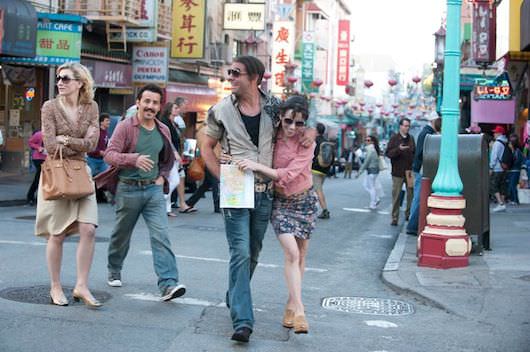
Over the years have his shooting and editing schedules remained consistent?
He does a film a year, almost like clockwork, and his shooting schedules are relatively the same every time because they’re based on the kind of budget that he has, and that’s pretty consistent. The editing is not always consistent, because it depends on the film. Some films are put together very easily and others are more problematic, and we’ll just take as much time as we need. And most people don’t have that [opportunity] either. It’s not as though there’s a studio giving him a deadline. Yes we have some deadlines, we have a mix time set up, etc…so it’s not like we have no schedule at all, but there’s never a difficulty in getting our actual cut together. By the time we lock picture, and we move onto the sound editing and the color correcting, those are the kind of things that can take a long time, and get us up against deadlines, but actually editing the film – we always have enough time.
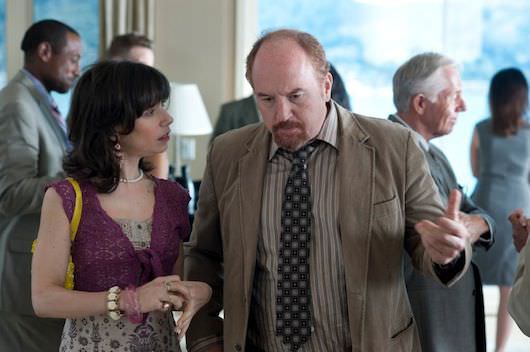
Have you been editing digitally or on film?
When I got the job [for Sweet and Lowdown, in fall 1998], I was told Woody cuts on film and don’t even think about asking to do it any other way. And I asked to do it another way and he said OK! Sometimes people underestimate how flexible Woody is. He’s very open-minded. I just had to explain to him why I thought he’d really benefit from working on the AVID [digital editing system], and he said ok, we’ll give it a try. And so we’ve been working on AVID ever since. He’s been very happy with it. He still does shoot on film, and nobody’s ever convinced him that he’d be better off shooting digitally, because the kinds of films that he makes really wouldn’t warrant that switch just yet. The cinematographers he’s worked with lately really do still enjoy working with film given the chance.
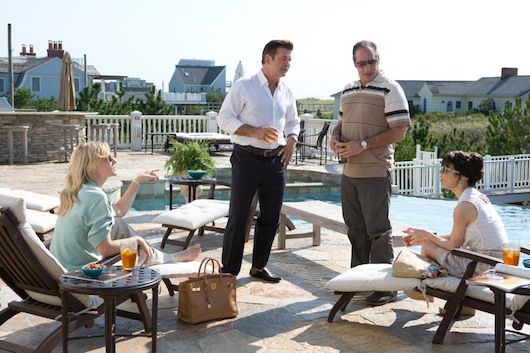
What’s the process at the beginning when you get one of his scripts?
He writes an actual, real script. By the time I see it, it’s about to go before the camera, and so if I have any issues that I think technically are going to be a problem for us, I’ll bring it up, but it’s usually rare or minor when that happens. The thing about Woody is that making a film a year and being the genius that he is, it’s rare that there’s going to be real problems. I don’t feel that when we’re editing we’re trying to solve problems. We’re trying to make it the best movie it can be, and tell the story that he wants to tell, and make it as resonant as it can be. He knows what he’s doing when he’s writing a script.
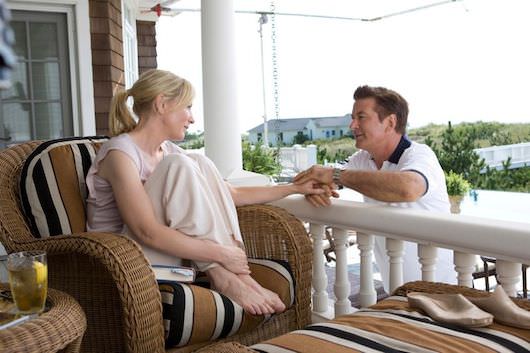
In Blue Jasmine, were the flashback sequences fairly well positioned at the script stage, or was there opportunity to move their location around a bit during the editing?
It was pretty well delineated in the script. There might have been a little bit of play in a scene or two. But it was clear from the script that it was going to be handled the way that we handled it. There’s often a transition from the dialogue that led to Jasmine [Cate Blanchett] having a flashback.
Does Woody shoot variations of his scripted scenes to see how they might play out at the editing stage?
It depends on the scene. There are sometimes when he might shoot it a few different ways, and then when we’re putting it together see which version feels right to him.
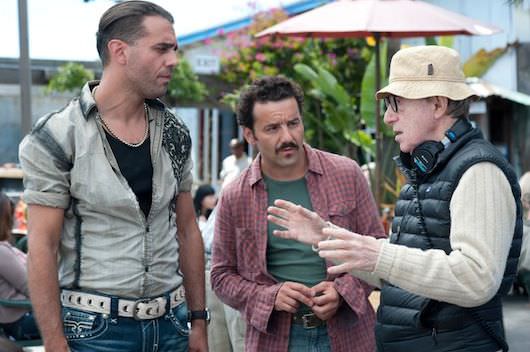
He seems comfortable shooting in the summer and editing in the fall.
Shoot during the summer, and then we edit during the fall, and then in the winter we do all the post, the sound mix and the color correcting, which he’s very involved in. The color correcting is very important to him, and that takes a long time. That’s an area where we’ve recently moved into the digital realm.
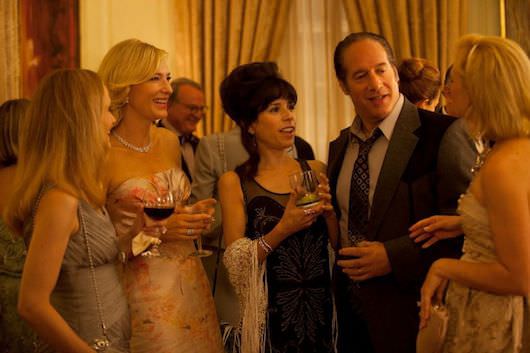
Woody seems pretty inexhaustible in terms of having plenty of material.
He already has said he has way more ideas for movies than he can possibly make in his lifetime. That’s what his real genius is. Nobody’s prolific like that.
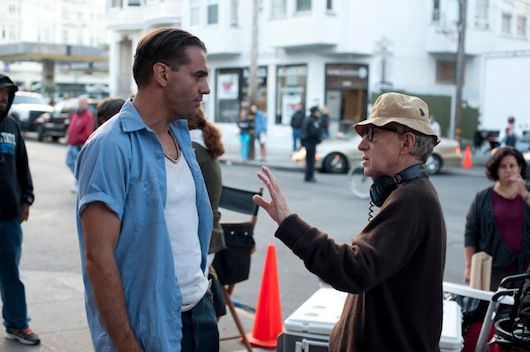
Featured Image: Left to right: Cate Blanchett, Director Woody Allen and Alec Baldwin. Photo by Jessica Miglio © 2013 Gravier Productions, Courtesy of Sony Pictures Classics


